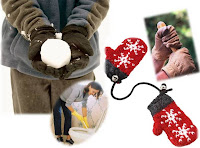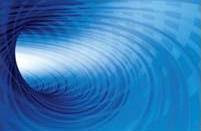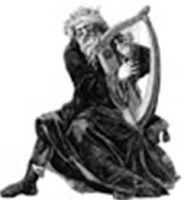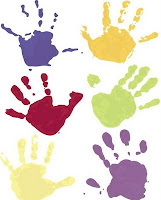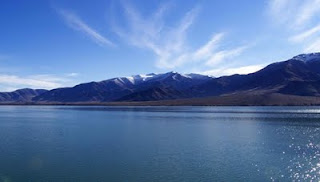While it is full on January where I live, and (to paraphrase the song): 
the weather outside may be frightful,
at my harp, it’s so delightful,
and since I’ve no place to go,
glissando, glissando, glissando!
But seriously, no matter the weather, it is essential that you make sure you take care of your hands. They are central to our craft! We talked about hand health earlier, but it is that important, so we’ll talk about it again
I suggest a two pronged approach: On the one hand (get it?) Life behind your harp and on the other hand, Life in general.
In the Life Behind your Harp:
- Be sure to warm up before you play
- Scales and other small exercises are excellent for this
- Don’t play forcefully as soon as you sit down
- “ease” into your practice
- Perform specific exercises to warm up such as making fists, tapping your palm with each of its associated fingers, stretching your fingers as far away from your palm and each other as possible
- Are you making “clam hands” or “relaxed fists” (or whatever you were taught) – have you fully relaxed your hands with each note?
- Are your arms and shoulders relaxed?
- Are you sitting up and breathing (yes, these all impact your hands!)
- Start with simpler pieces
- Work on learning or difficult passages only when you have warmed up
- Do a “cool down” – play gently, slowly
- Stretch – your hands, your arms, your shoulders, your chest
In the Life in General:
- Stay warm:
- Wear gloves when it’s cold (I do this, especially before performing)
- Wear gloves for common household tasks (dishwashing, gardening, etc)
- Wear a sweater when its chilly (many people carry tension, including the stress of being chilled, in their hands)
- Be careful of your nails and fingertips. If you are a wire harp player you know to be careful of your nails – but all of us need to care for our nails. Nails protect your fingers from injury but it is also very difficult to play if your nail breaks very low – it hurts!
- Be sure to wash your hands frequently (not only to avoid disease but also to help keep your strings clean)
- Be sure to use moisturizer to help keep your hands supple – it is very difficult to play if your skin is so dry (or chapped or cracked) that each movement hurts!
There are many ways we should care for ourselves, but these are just a few. Another time we’ll talk more about taking care of yourself while you’re not at your harp.
